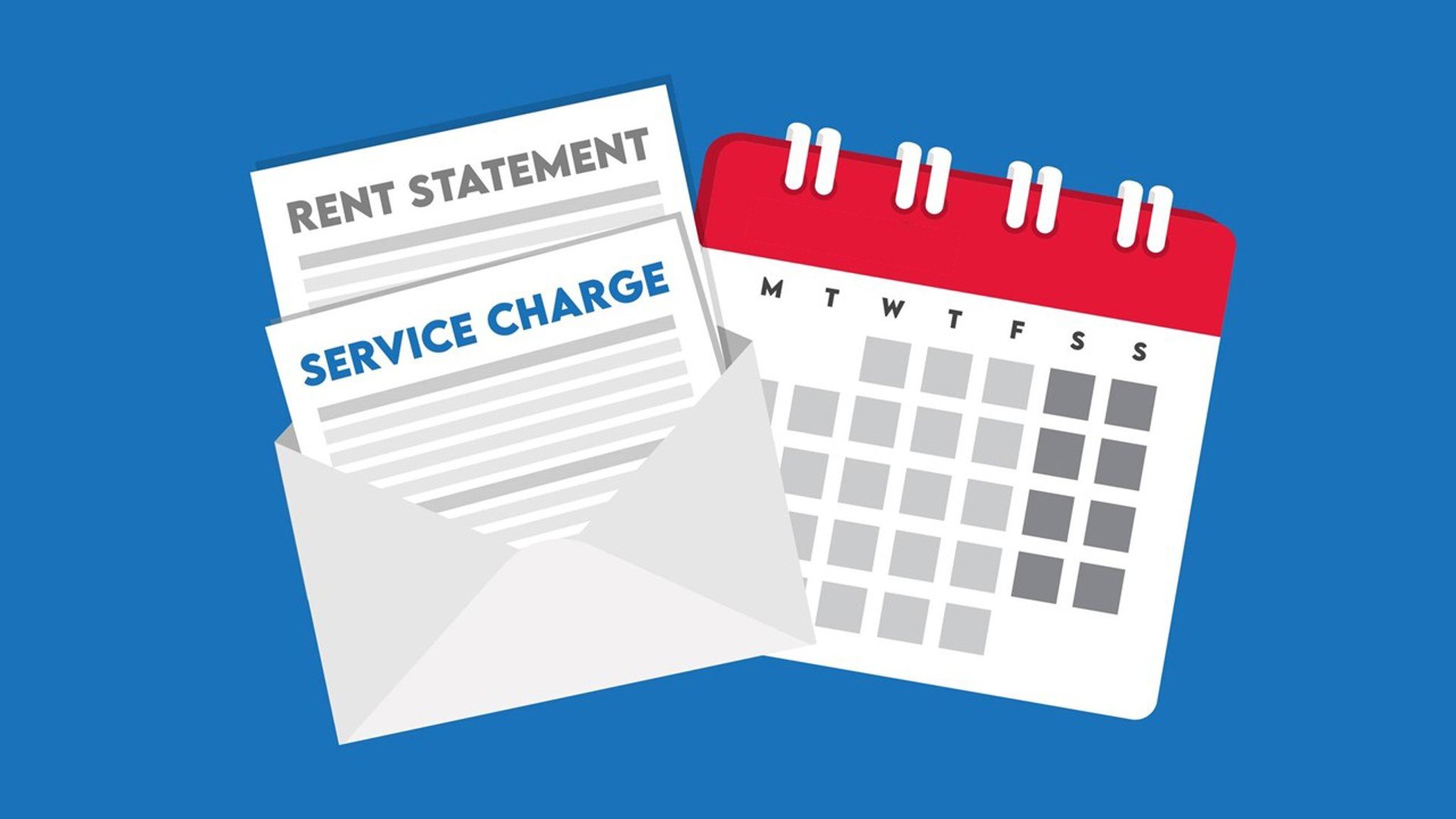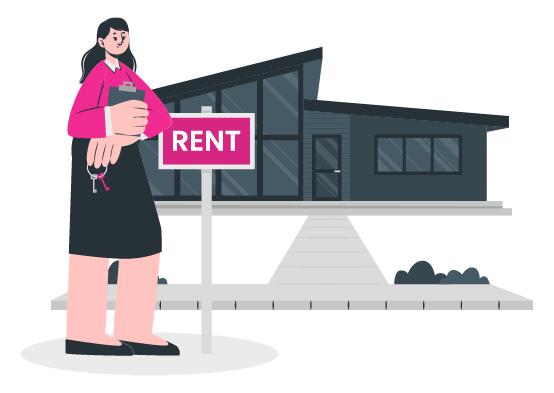When managing rental properties, landlords often face the question of whether to bundle rent and service fees into a single payment or to keep them separate. This decision can have a significant impact on both tenants and landlords, influencing everything from cash flow to tenant satisfaction. In this blog post, we’ll explore the pros and cons of bundling rent and service fees, helping you make an informed decision for your rental property.
Understanding Rent and Service Fees
Before diving into the advantages and disadvantages, it’s important to first clarify the difference between rent and service fees:
- Rent is the base amount a tenant pays for the use of the property itself. This covers the space, amenities, and the general upkeep of the property.
- Service fees, on the other hand, typically cover additional services or costs associated with the property, such as water, heating, waste collection, or property maintenance.
While rent is often the most significant part of a tenant’s monthly outgoings, service fees can vary greatly depending on the property’s location, size, and the services offered. Now, let’s take a closer look at whether bundling these costs together makes sense. You can access the FindQo.ie Rental Estimate Tool here: https://findqo.ie/rental-estimate-tool.
The Benefits of Bundling Rent and Service Fees
1. Simplified Payments for Tenants
One of the biggest advantages of bundling rent and service fees is the simplicity it offers to tenants. Rather than keeping track of multiple payments each month, tenants only need to make one payment. This can be particularly beneficial for individuals who prefer convenience and want to avoid the hassle of paying for different services separately. It also reduces the chance of late payments for service fees, ensuring a more streamlined payment process.
2. Predictable Cash Flow for Landlords
For landlords, bundling rent and service fees can provide more predictable cash flow. With a single payment, landlords are less likely to face delayed or missed payments for either rent or service charges. This predictability can help with budgeting and ensures that the landlord receives all payments on time, making property management more efficient.
3. Clearer Communication
Bundling rent and service fees can make communication with tenants more straightforward. When both charges are presented as a single amount, it can reduce confusion about what the tenant is paying for and how much they owe each month. This transparency can improve the landlord-tenant relationship by ensuring that there are no misunderstandings about charges.
4. Avoiding Rent Increases That Might Cause Concern
By bundling service fees with rent, landlords might avoid the negative perception associated with frequent rent increases. Instead of increasing the rent alone, landlords can adjust the service fee component, which may not be as alarming to tenants. This strategy could help retain tenants and prevent dissatisfaction with rent hikes.
The Drawbacks of Bundling Rent and Service Fees

1. Lack of Transparency for Tenants
One downside to bundling rent and service fees is the potential lack of transparency. Tenants may not fully understand what they’re paying for if rent and service fees are combined. For example, if service fees rise, tenants may not immediately realise that only the service fee portion has increased, not the rent. This can lead to dissatisfaction and confusion.
2. Difficulty in Managing Variable Costs
Service fees can fluctuate over time, particularly if they cover utilities or maintenance that vary with usage. For landlords, bundling these charges with rent can make it more difficult to adjust fees as needed. If utility costs increase, the landlord may feel the need to raise the entire rent amount, which could lead to tenant pushback. Separate service fees allow for easier adjustments based on market conditions and property needs.
3. Potential for Higher Tenant Turnover
If service fees are bundled into the rent, and tenants experience an increase in the total monthly amount due to rising service charges, they may be more likely to move out. Tenants may feel trapped by an unexpected hike in their monthly payments and look for a more affordable rental option. This could increase tenant turnover and make it harder for landlords to maintain long-term tenants.
4. Legal and Tax Implications
In some jurisdictions, the way rent and service fees are handled can have legal or tax implications. For example, some regions may have specific rules about what can be included in the rent, or the tax treatment of service fees may differ from rental income. Landlords should be aware of local regulations to ensure they are complying with any legal requirements when bundling or separating these charges.
You can use the tool here: https://findqo.ie/rental-estimate-tool from AI-driving insights for rental properties in Ireland.
How to Decide Whether to Bundle or Separate Rent and Service Fees
The decision to bundle rent and service fees depends on a number of factors, including the type of property you own, the local rental market, and the preferences of your tenants. Here are a few questions to consider when making your decision:
- What do your tenants prefer? If your tenants prefer the simplicity of a single payment, bundling may be the right choice. Conversely, if they prefer clarity and transparency, keeping the charges separate might be more suitable.
- How predictable are your service fees? If your service fees are relatively stable and don’t fluctuate much, bundling might work well. However, if service charges are subject to frequent changes, it might be better to keep them separate to avoid confusion.
- What is the local market like? In some markets, tenants may expect rent and service fees to be bundled, while in others, it may be more common to separate the charges. Understanding local trends and practices can help guide your decision.
Using the FindQo.ie Rental Estimate Tool to Make an Informed Decision

For landlords looking to make informed decisions about rental pricing, including whether to bundle rent and service fees, the FindQo.ie Rental Estimate Tool can be a valuable resource. The tool works based on live market data from major Irish rental platforms, offering real-time listings that reflect current market conditions.
By using the FindQo.ie tool, you can access historical insights and get comparable rent data for properties in your area. This can help you determine the most competitive pricing strategy, whether you choose to bundle your rent and service fees or keep them separate. Additionally, FindQo.ie Intelligence provides unique insights powered by proprietary data, offering an edge in understanding local rental trends and property demands.
Deciding whether to bundle rent and service fees requires careful consideration of both the advantages and the potential downsides. While bundling can simplify payments and improve cash flow, it may also create confusion and limit flexibility. By understanding your tenants’ needs, the local rental market, and the implications of each approach, you can make a more informed decision that benefits both you and your tenants.
Incorporating tools like the FindQo.ie Rental Estimate Tool https://findqo.ie/rental-estimate-tool can provide further clarity by offering real-time market data and insights, ensuring you stay ahead in a competitive rental market. Whether you choose to bundle or separate your charges, the right approach can help you maintain happy tenants and successful property management.

